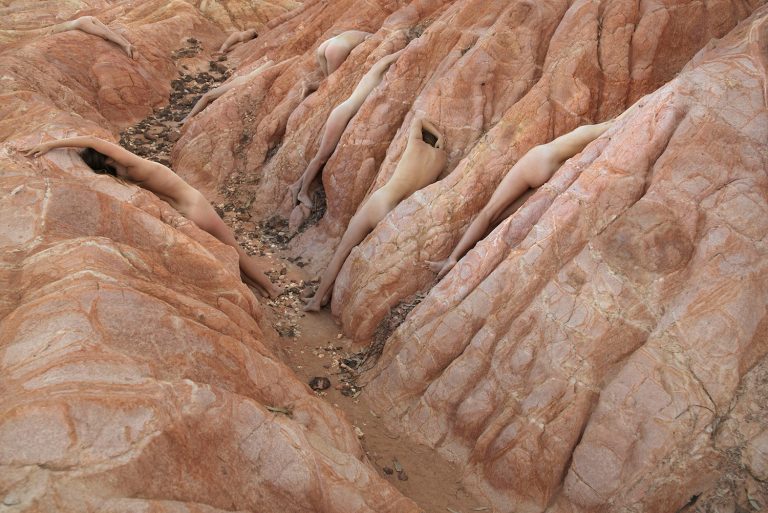
Tamara Dean
Amidst Australia’s awe-inspiring vistas, Tamara Dean stands as a visual poet, writing verses not with words, but with lenses and
Sander Wassink, a Dutch artist, shines a light on the often-overlooked. He transforms discarded objects and crumbling structures, challenging our perceptions of beauty and value with stories of hidden beauty he creates. Infusing life into remnants and half-formed artifacts, he reveals the latent splendor in what’s been forgotten.
Wassink’s method, a stark contrast to modern design’s rigidity, captures our dynamic interactions with space. His projects draw inspiration from organically evolved communities. As a result, they blur the lines between architecture and artifact, as well as the private and the public. His art engages us in a conversation to discover the subtle beauty that surrounds us.
Having resided in Japan for over three years, Wassink’s ‘Out of Office’ exhibit at Cave Tokyo Gallery ( → ) began to take form. This process started with a bike journey from Kyoto to Tokyo, during which he collected a myriad of objects, sounds, videos, and images.
Subsequently, this quest for tangible engagement brought him to Kentaro Watanabe ( → ), who welcomed Wassink into Haku Gallery ( → ) to serve as his creative sanctuary.
Striving for connection beyond the digital domain, Wassink journeyed along Kyoto’s Kamo River, curating a collection for the gallery. This project intertwines his Japanese experiences with a narrative of remote work, yielding a tangible memoir. It stands similar to a photographic essay, yet is deepened by the physicality of his efforts.
In essence, Wassink’s work explores the potential for new aesthetics within the abandoned. The installations of repurposed glass and ceramics not only serve as design pieces. They also act as narratives enriched by their history. His practice offers a refreshing alternative in a world preoccupied with the new. It steers us to appreciate the hidden charms found in the interplay between the ephemeral and the enduring. Similarly, it highlights the intimate and the communal.















Amidst Australia’s awe-inspiring vistas, Tamara Dean stands as a visual poet, writing verses not with words, but with lenses and
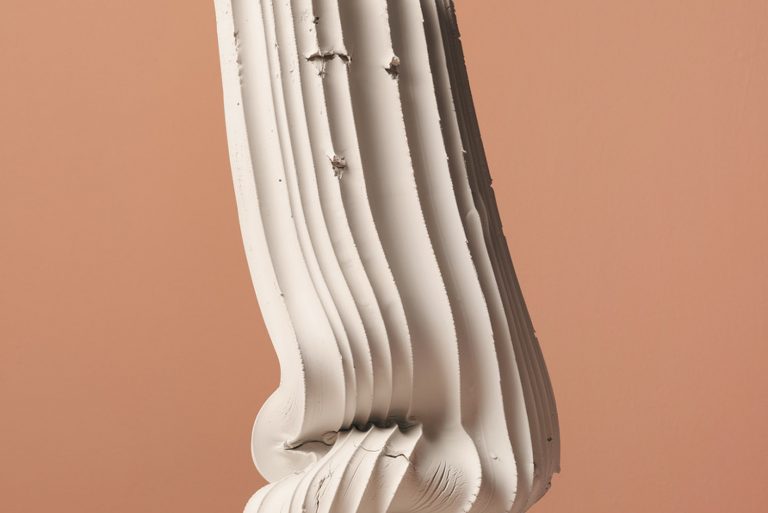
Anton Alvarez’s sculptural forms challenge our perception of weight and gravity. They appear both of this world and utterly separate
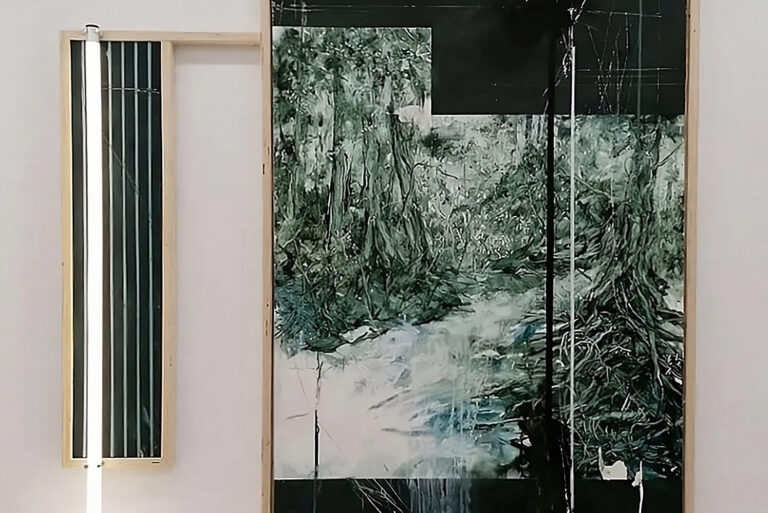
Arny Schmit, a Luxembourg-born artist, masterfully blends his deep connection with nature into every brushstroke and sculpture. Raised in Wiltz’s
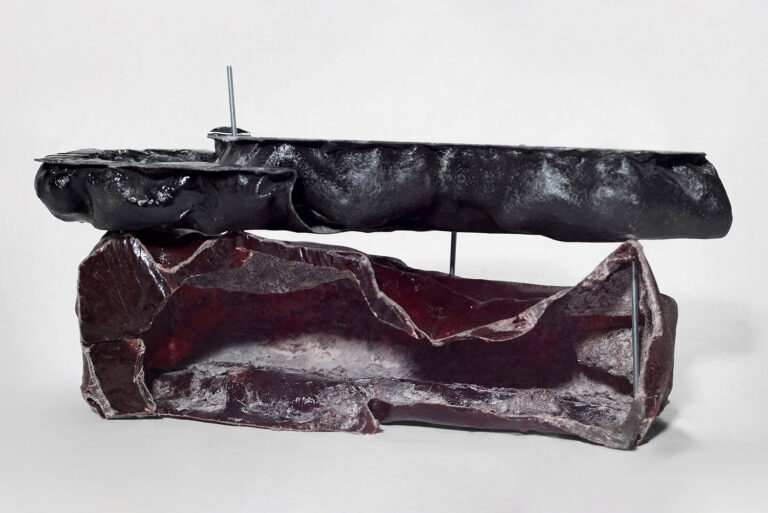
Carlos Martín Rodríguez produces works that resonate with intellectual richness while exuding a contemporary feel. Specializing in sculpture, installation art,
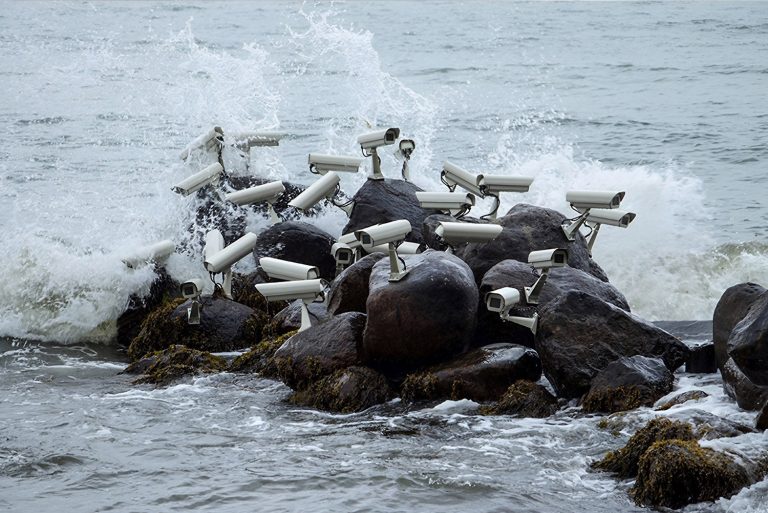
Born in Karlovy Vary, Jakub Geltner bases himself in Prague and brings a diverse educational background spanning from fine arts
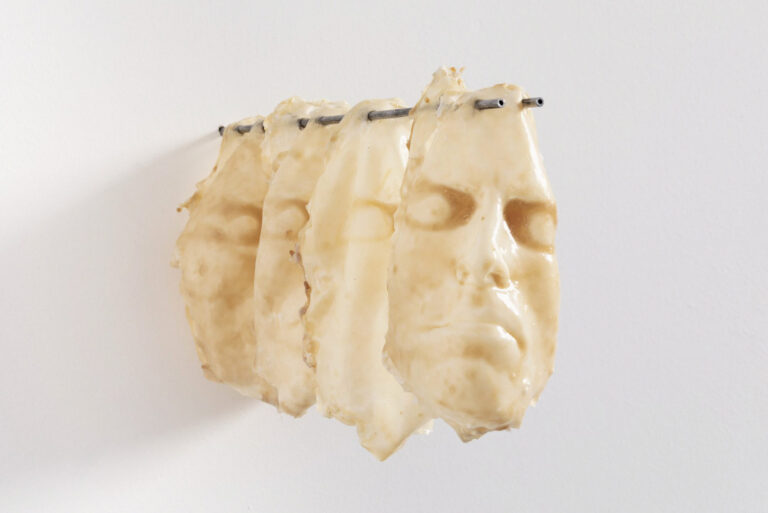
Amidst the quaint charm of Brescia, Italy, Leonardo Anker Vandal unfolds a world veiled in the whispers of yesteryears and
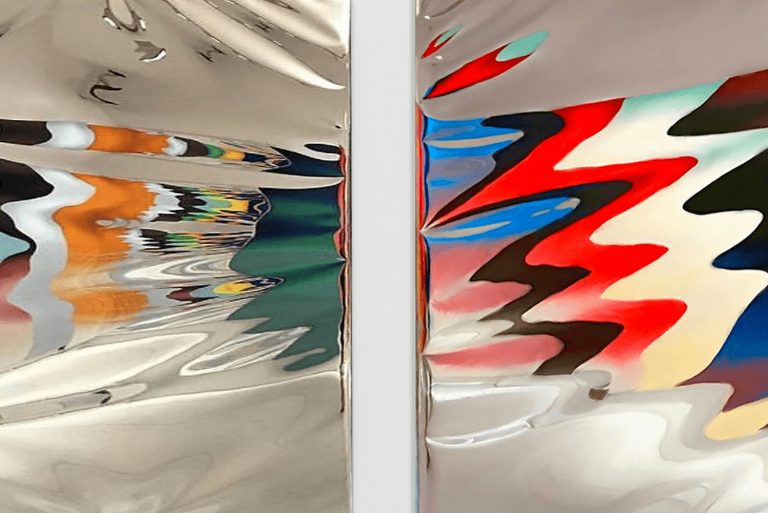
Gioele Amaro, born in 1986 in the Calabria region of Italy, has a story that’s as captivating as it is
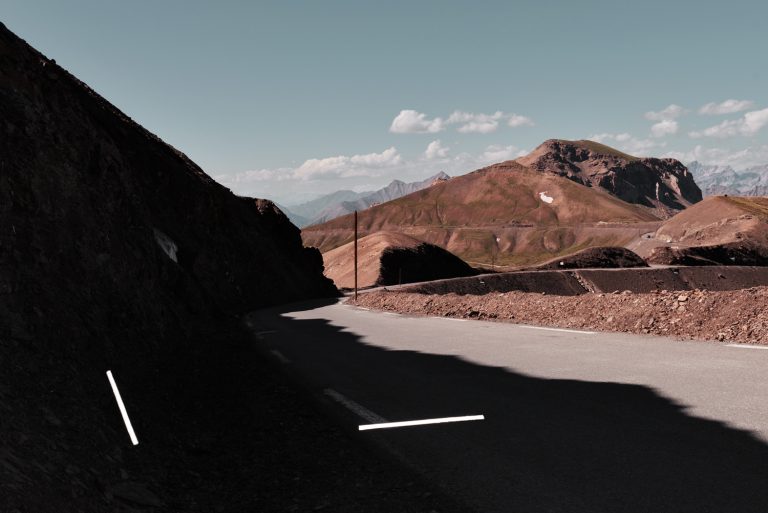
The photographer François Ollivier, born in southern France, currently lives and works in Montreal. Through not only genuine but sometimes
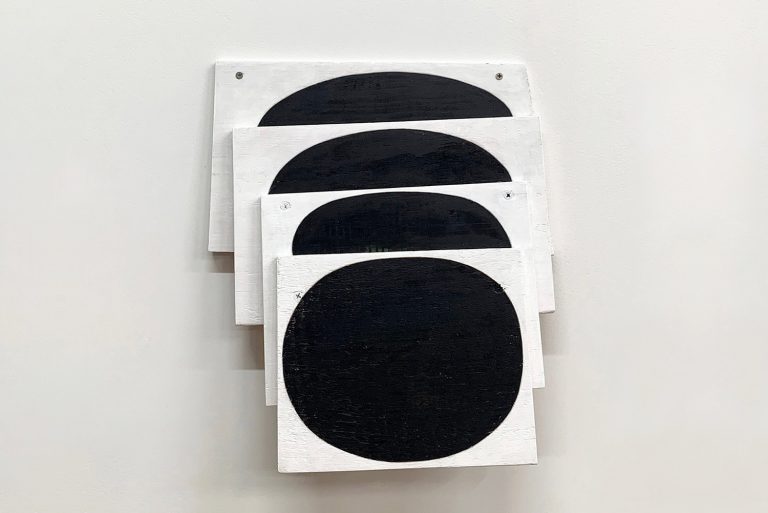
In today’s world, flooded with information yet starved of genuine substance, Christina Tenaglia emerges with her distinct minimalist artwork. Drawing
Independent Art & Design Gallery 0→1 © 2024
Stay in the loop with 0→1. Join our email list for the latest news, artist highlights, and first dibs on our exclusive collections. Dive into the art world with us — curated, simplified, and personal.
(We respect your inbox. Our updates are curated for value, and you can unsubscribe anytime. No spam, just art.)
We use cookies to improve your browsing experience; details in our Privacy Policy →